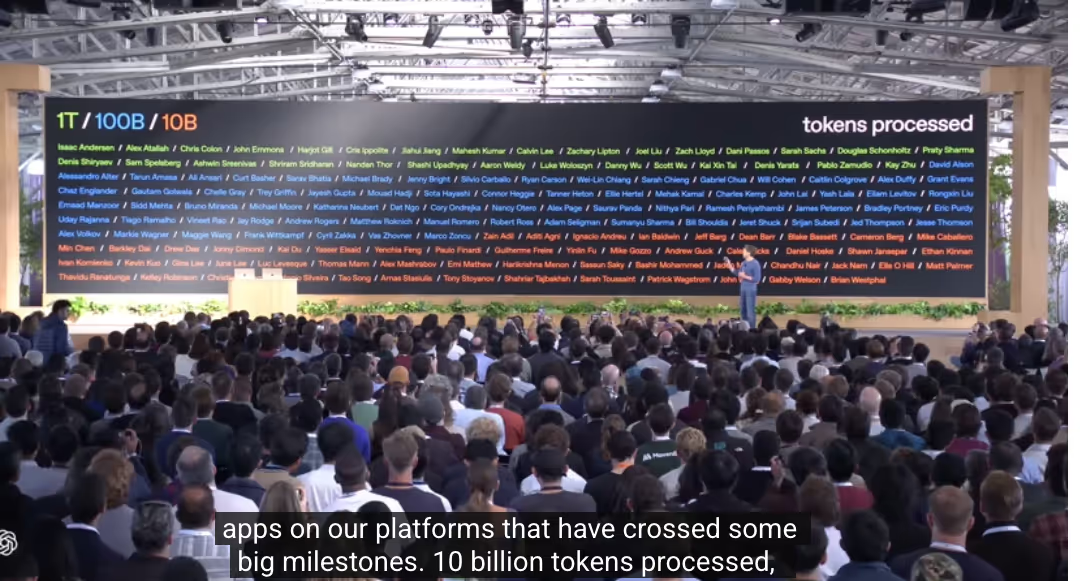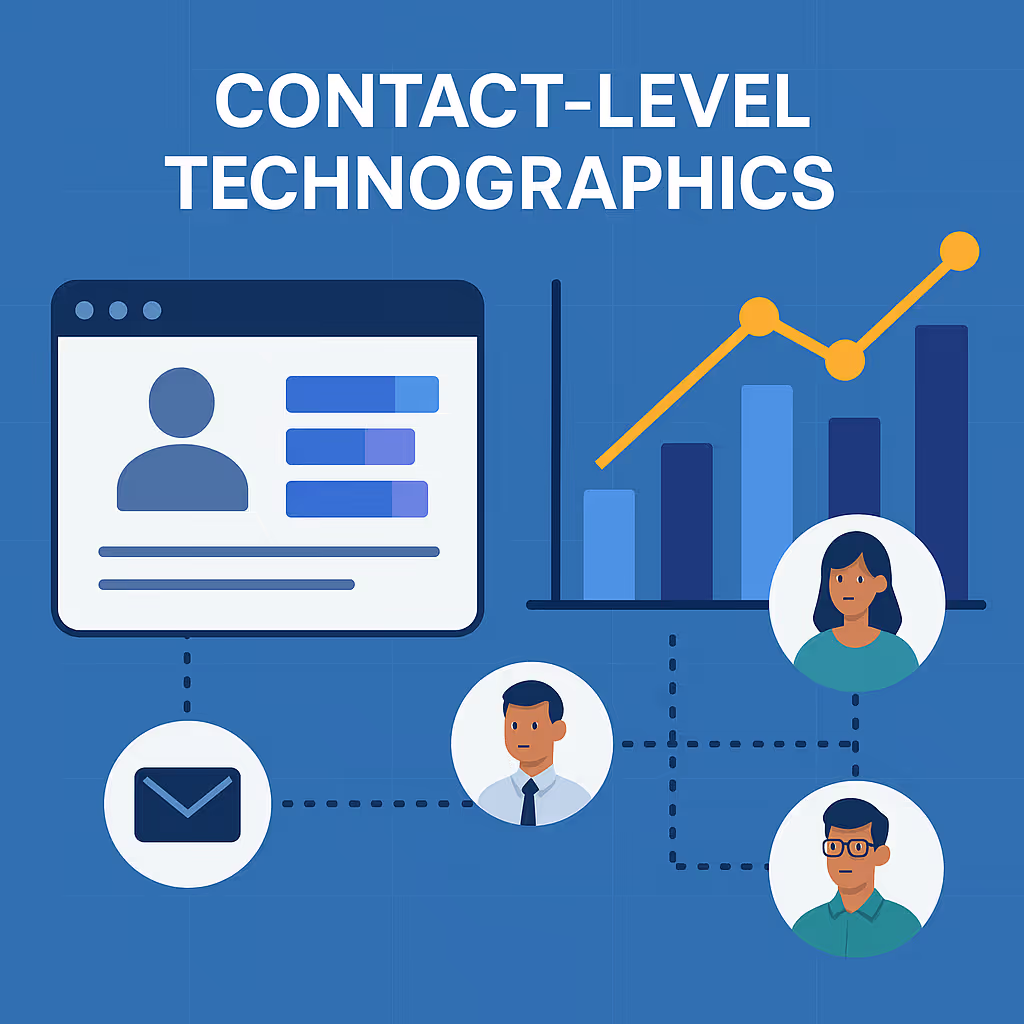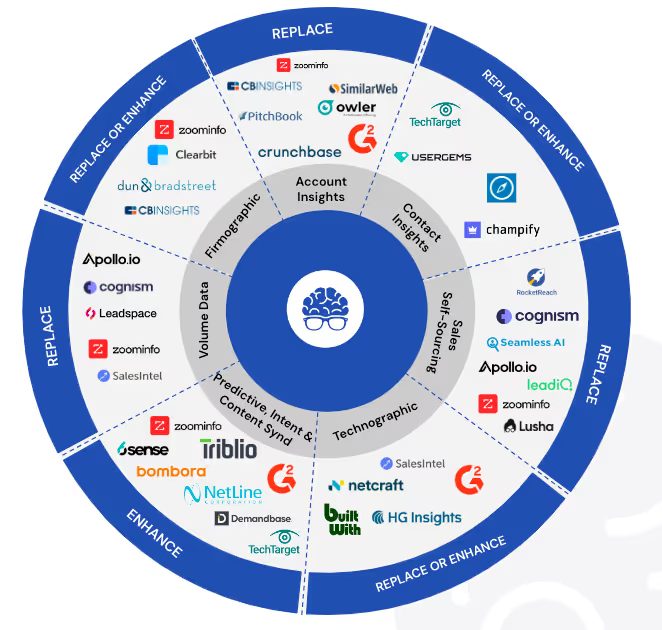The Moment When We Realize the Carpets Got Pulled
Sam Altman walks on stage. Eight minutes later, a production-ready agent is built. It’s the kind of theatrical flourish Silicon Valley loves — but it’s not just stagecraft. It signals a tipping point.
At DevDay 2025, OpenAI unveiled AgentKit — a toolkit for going from prototype to production for agents, complete with drag-and-drop workflows, built-in evaluation, guardrails, connector registries, and embedded chat UI via ChatKit.
In one demo, a developer built and deployed an agent for the DevDay website — parsing messages, routing sessions, injecting event knowledge, and guarding against PII — all inside a few minutes.
So yes: it’s fair to ask, did OpenAI just kill Zapier, n8n, and 1,000 automation startups with one update?
Why This Moment Feels Like an Inflection
To understand the gravity, you need to see what was broken about the automation / orchestration landscape — and how AgentKit fixes it.
What was broken
- Fragmented toolchains. To build an “agentic” workflow you needed to stitch together tools: API endpoints, orchestration logic, prompt loops, versioning, monitoring, error handling. That’s months of engineering work.
- Poor visibility and observability. When things break — as they always do — debugging, tracing, and evaluating performance across steps is painful. Every workflow is bespoke, making it hard to generalize, scale, or optimize.
- Connector fatigue and lock-in. Every integration (CRMs, internal APIs, databases) needed custom work. Tools like Zapier or n8n live here — connecting systems. But they’re limited in scope: mostly API trigger → action pipelines, not autonomous agents with reasoning.
- Developer tool drift. Many “automation startups” competed at the level of workflow stitching, not agency. If the intelligence layer becomes the platform, stitching becomes a commodity.
- Abstraction gap. For non-technical founders and product leads, building automation or agents always had a high floor: you needed engineers, ops, dev cycles.
What OpenAI’s AgentKit brings to the table
- Visual agent builder / canvas. You can compose logic with drag-and-drop nodes, define handoffs, version multi-agent flows, simulate behaviors, define guardrails, etc. Venturebeat+2Simon Willison’s Weblog+2
- Connector Registry. Prebuilt integrations and a managed registry to connect your agent to internal systems, external APIs, MCP (multi-connector protocols) sources. Venturebeat+2OpenAI+2
- ChatKit embedding. The interface layer is solved — your agent can live in your app, in ChatGPT, on your site, fully integrated. Venturebeat+1
- Evals & observability baked in. Trace grading, datasets for each node, prompt optimization, versioning, experiment tracking — no more ad hoc instrumentation. Venturebeat+2OpenAI+2
- Guardrails / safety layers. Mitigations for PII leaks, overrides, safety prompts, etc. Venturebeat
- Compatibility with APIs and modular extension. You can still call external models, connect to non-OpenAI systems, use endpoints, etc. OpenAI+1
Put another way — AgentKit abstracts away most of the plumbing and gives you a near turnkey agent environment.
What Dies (Or Is Under Siege)
If this plays out, here are the casualties:
Zapier and n8n (and their kin)
These platforms have dominated “if-this-then-that” style automation — triggered workflows, syncs, data pipes. But they are 1) limited in intelligence, and 2) external orchestration layers that lack deep model integration or reasoning. If building agentic workflows becomes as simple as clicking a canvas inside OpenAI’s ecosystem, those external orchestrators lose their premium. (Yes, Zapier has its own AI ambitions — but today, they are mostly wrapper layers.)
“Agent orchestration” startups
Countless startups have tried building orchestration layers on top of LLMs, plug-and-play agent systems, workflow orchestration with AI. Many are premised on filling the gap between model output and real-world action. AgentKit is trying to swallow that gap.
Custom dev houses clones
Agencies that build bespoke “automations + AI logic” implementations will find the bar higher. Clients will ask, “why pay for custom when you can do it yourself via AgentKit?”
Infrastructure glue tools
Anything whose value lies in stitching systems, versioning, audit trails — unless it has extremely differentiated capabilities (security, domain specialization, integration depth) — will struggle.
What Survives (For Now)
This is not a kill shot — just a very sharp arrow. Some domains will resist or adapt:
- Startups with deep domain knowledge (e.g. healthcare, biotech, regulated workflows) will still need specialist logic, compliance, and architecture.
- Tools optimized for on-prem, edge, or offline automations (versus cloud agentic workflows) may persist.
- Workflow systems that are built for scale, high throughput, or custom concurrency patterns could still be relevant (e.g. process engines for large enterprises).
- Alternatives (Google, Microsoft, Anthropic) might build competing ecosystems and capture developers who do not want to be locked into OpenAI’s stack.
- Companies that already have full control over their pipelines (with internal tooling) may treat AgentKit as just another building block rather than a competitor.
The $50B Automation Sector: One-Shot or Gunshot?
Was the $50 billion automation market just one-shotted? Probably not in one day. But a turning point? Absolutely.
This is akin to when SaaS marketplaces swallowed what was once custom software. Or when Rails/React standardized building web apps so deeply that many web dev shops disappeared or got absorbed. AgentKit, on stage, says: “We believe agents are the new app.”
In short:
- The automation sector is no longer about pipes; it’s about agency.
- The “no code / low code” phase was for humans to give instructions. Now we want systems that reason, act, self-correct, and adapt.
- Raw connectors and workflows become commodity. The premium shifts to data, domain logic, interface, safety, and insight.
Yes — OpenAI just escalated the arms race. The automation incumbents are now in defense mode. And it’s not just one startup; it’s many entire categories (Workflow as Code, Agent orchestration layers, integration platforms).
For B2B Buyers & GTM Leaders: What to Watch & How to React (Yes, Derek, this is partly for you)
As someone operating in the world of bespoke data and insights, here’s how I see this affecting the GTM / demand gen / revenue ops world — and how you should respond:
What to Watch
- Lock-in dynamics: If you build your stack on AgentKit, your future automation roadmap is tied to OpenAI’s strategic decisions.
- Integration becomes table stakes: Any bespoke data vendor must ensure they are first-class citizens in connector registries or via APIs compatible with agents.
- Agent observability demands: Your automation is no longer a passive job; you need to monitor, evaluate, A/B, trace, and optimize.
- Ecosystem competition: Expect alternative agent toolkits from Google, Microsoft, etc. They will try to woo enterprise users who resist dependency on OpenAI.
- New startup bets: We’ll see agents for vertical domains: legal, supply chain, sales ops, data ops. These agents will fold in insight layers — this is your competitive terrain.
What You Should Do (Today)
- Embed agent compatibility in your product roadmap. If your data product can be actioned via agent APIs, you’ll survive. If it can’t, you risk being marginalized.
- Build with “agent first” mentality. Your data output should be actionable. Agents should be able to call your models, ingest signals, make decisions, apply logic.
- Differentiate on signals, not pipelines. If automation is commoditized, your importance lies in the data quality, freshness, insight layering, domain logic. That’s where you can defend.
- Experiment with AgentKit now. Prototypes, internal use cases, automating your own ops. Know its strengths, limits, quirks — before your customers ask you.
- Watch competitive ecosystems. Be ready to support multi-agent infrastructures (mix of GPT providers). Don’t get boxed in.
- Educate buyers. This is new territory. Many buyers still think in "Zapier + webhook" terms. You’ll need to teach the world that real “automation” = agents that think + act + adapt.
A Few Caveats & Open Questions
- AgentKit is new. It may have limits: scale, reliability, latency, edge cases, cost overhead, performance boundaries.
- Adoption inertia: Many organizations have existing automation investments; migration is hard, political, costly.
- Domain constraints: Highly regulated sectors, offline environments, ML safety, audit compliance may slow adoption.
- Vendor counterattacks: Zapier, n8n, Workato may evolve, develop their own agent layers, or integrate behind the scenes.
- Multi-agent governance: As agents proliferate, managing interactions, conflicts, safety, policy, and emergent behaviors is nontrivial.
In other words: the battle for the future is just beginning. But DevDay 2025 may mark the first trench.
Conclusion: Did OpenAI Just Kill Automation?
Not entirely — but it just detonated the ground floor. AgentKit is not a mere new toy — it’s an architectural bet. It redefines “automation” from data pipelines to active agents.
A thousand startups may not die tomorrow. But many will find themselves on the wrong side of a platform shift. The future winners will not be the ones writing better connectors — they will be those embedding insights, domain reasoning, decision logic, signal mastery, and user understanding into the agent.
And in that future, automation is not something you build — it’s something you summon.




